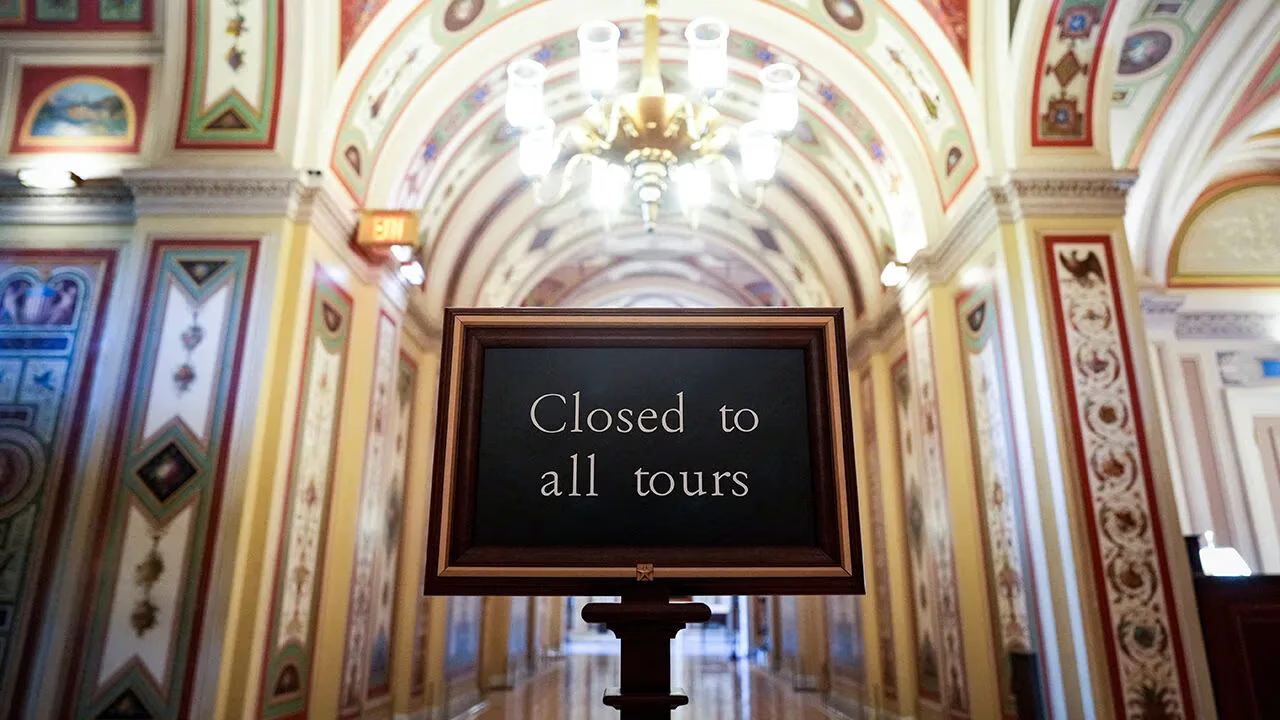Federal funding for programs relied upon by millions of Americans—from early education to assistance with food and utility bills—has been halted, leaving families without support.
The significance of this moment is hard to overstate: the government shutdown, now entering its fourth week, is being felt not only by federal employees but also by ordinary citizens. The freeze in federal funding, combined with the approach of monthly payments, threatens to hit Americans’ wallets as soon as November 1.
The blow to the social safety net has been compounded by the Trump administration’s cuts and revisions to key programs under its budget plan. “Every day is getting harder for small businesses and hardworking Americans across the country,” House Speaker Mike Johnson wrote Monday on X. The White House declined to comment on the situation.
Obamacare Premiums
If tax credits under the program are not extended, about 22 million Americans will face higher insurance costs under the Affordable Care Act. The average premium could rise from $888 to $1,904 a year—an increase of 114%. Such a surge, as Axios journalist Peter Sullivan previously noted, could prompt some Americans to drop their health coverage altogether.
SNAP Food Assistance Program
Around 42 million Americans rely on this program for access to food. Funding will run out on November 1. Several states have already warned residents about impending cuts, though some local authorities are looking for temporary ways to fill the funding gap. Charitable food banks warn they will be unable to handle the expected influx of people in need, raising the risk that many families will be left without food.

America Has Lived Without a Government for Three Weeks
And It Seems to Have Adapted Quite Well

No Compromise Yet
How Long Will the Shutdown Last and What Is Needed for a Deal?
Head Start Program
According to the National Head Start Association, about 65,000 children could lose access to classes as early as November 1—nearly 10% of all program participants. The shutdown would affect roughly 140 education centers across 41 states and Puerto Rico.
Low Income Home Energy Assistance Program (LIHEAP)
The shutdown has delayed the release of $3.6 billion intended to help cover electricity and heating bills, according to a report prepared by House Democrats. Roughly 5 million households that rely on this support will not receive assistance as the country heads into its coldest months of the year.
According to the National Energy Assistance Directors Association, about one in six families—some 21.5 million households—are already behind on their electricity bills. The organization, which describes itself as “the leading educational and policy center for energy assistance program directors serving low-income households,” warns that the number of delinquent accounts could rise as electricity costs outpace inflation, worsening families’ financial strain.
